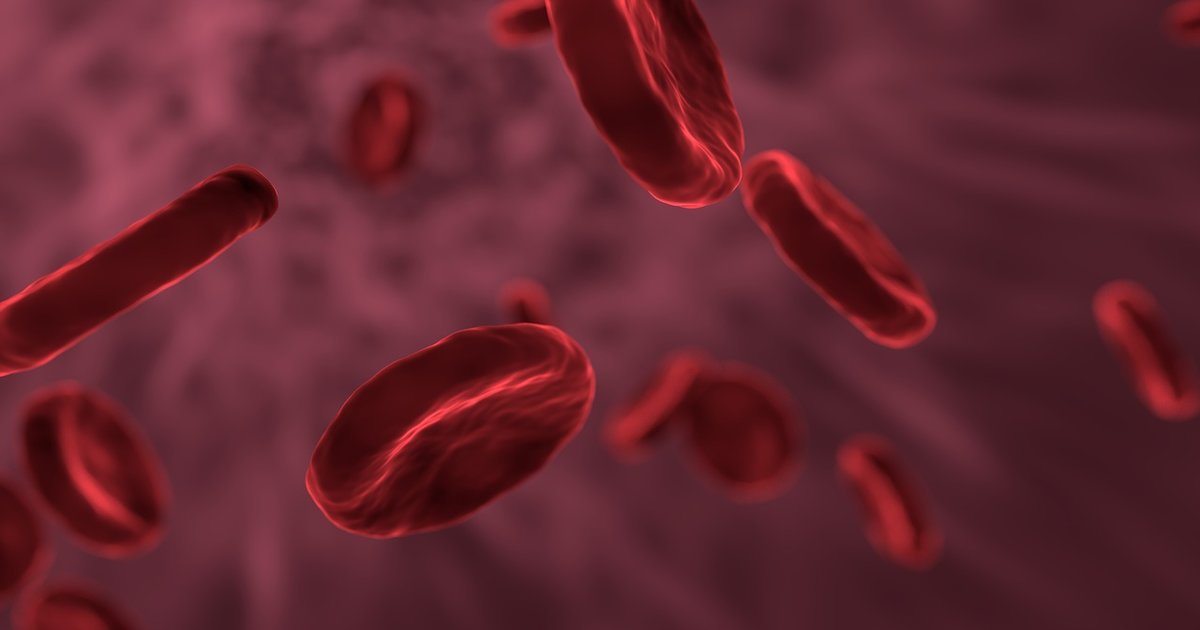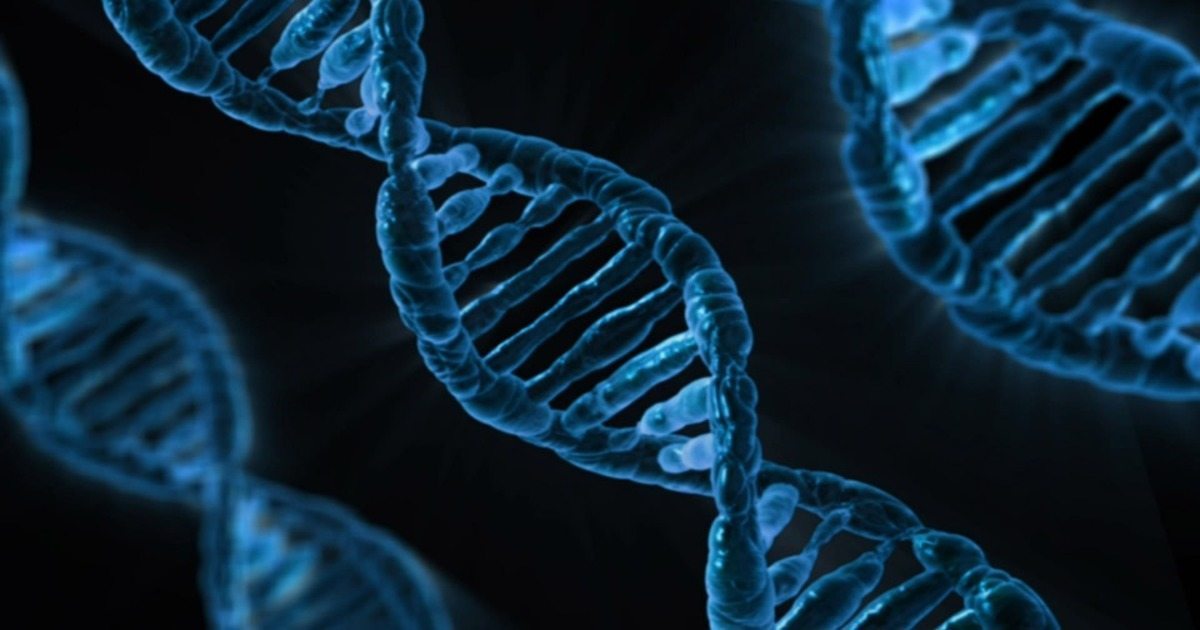Category: Advocacy

Mesothelioma Patient Celebrates Remission of Asbestos Cancer
Sherrie Moore, a 55-year-old Missouri woman, hopes to live to see her grandchildren grow up. As 2012 begins, Moore is marking more than just the new year. She is celebrating the remission of her mesothelioma for more than a year.
Mesothelioma is an aggressive cancer of the lining of the lungs and abdomen caused by asbestos exposure. But it can be difficult to detect as Moore’s circuitous path to a diagnosis shows.
Four years ago, Moore, who lives in Carl Junction, Missouri, was experiencing fatigue, an elevated heart rate and eventually pain in her right side that extended into her back. She assumed it was caused by the stress and physical exertion of caring for her husband Ed who had prostrate cancer.
According to an article in Cancerwise published by the M.D. Anderson Cancer Center, Moore underwent a series of medical tests that revealed a low hemoglobin count. A colonoscopy showed normal results as did a CT scan of her liver and pancreas. The doctor who performed a CT scan thought something looked abnormal about her lungs and referred her to a pulmonologist.
A pulmonary specialist did an x-ray and discovered a small volume of fluid in Moore’s lung and put her on antibiotics. Fluid in the lungs, also called pleural effusions, is one of the common symptoms of mesothelioma reported by many patients. When Moore returned at the urging of the pulmonologist, she had another CT scan that revealed nearly two liters of fluid in her right lung. She underwent an outpatient procedure and biopsy that were inconclusive.
The cancer specialist to whom she was referred recommended an open lung biopsy. The surgeon who performed the procedure in November 2008 found 15 tumors in Moore’s right lung and diagnosed Moore with stage IV mesothelioma.
The doctor recommended that she seek treatment at M.D. Anderson Medical Center in Texas.
With patients with cancer limited to one lung, doctors may remove the cancerous lung and surrounding tissue and perform chemotherapy and radiation. But Moore had mesothelioma in both lungs so she had limited treatment options.
Moore underwent 28 chemotherapy treatments that lasted until December 2010. Before the treatments concluded, there was no active sign of mesothelioma. Moore’s physicican, Dr. Anne Tsao, director of the mesothelioma program at M.D. Anderson, informed Moore that she was the first of her patients to achieve full remission.
Approximately 3,000 people in the U.S. are diagnosed with mesothelioma each year. Many are older workers, veterans and retirees who were exposed to asbestos in the workplace decades ago. Typically, mesothelioma symptoms appear 30 years to 50 years after initial exposure to asbestos.
For more information about mesothelioma, click here.

Catalog of Effects of Kinase Inhibitors May Aid Development of Anti-Cancer Drugs
Researchers at Fox Chase Cancer Center have catalogued the actions of 178 drugs that have the potential of blocking the activity of enzymes that promote growth of cancer cells, according to an article in the November issue of Nature Biotechnology.
The enzymes, called kinases, transmit signals and control complex processes in human cells. Kinases also function as drivers of a variety of forms of cancer, including mesothelioma. A number of studies suggest that kinases are involved in the gradual transformation of normal tissue in the lining of the lung into malignant pleural mesothelioma after exposure to asbestos. It’s unclear whether one or more kinases promotes the growth of mesothelioma.
More effective therapies and treatment options are needed for mesothelioma which is an aggressive cancer and has a low cure rate.
The scientists at Fox Chase Cancer Center in Philadelphia cataloged drugs including FDA-approved drugs, drugs undergoing clinical trial and laboratory compounds that are designed to block the cancer-promoting activity of any of more than 300 kinases. The body has more than 500 kinases that perform a variety of functions and many kinases are multi-taskers.
Drugs known as kinase inhibitors have the potential to be highly effective anti-cancer drugs that impede the cellular processes that cause cancer. Some cancer patients already receive kinase inhibitors as part of their therapy. And many additional kinase inhibitor drugs are under development. But the reactions of the drugs are complex.
Most kinase inhibitors act on more than one kinase. The drugs may disrupt both the growth of cancer and normal bodily processes at the same time, causing serious side effects such as heart problems.
With the cross-indexed catalog that the Fox Chase scientists have complied, researchers will be able to predict the complex reactions of the kinases inhibitors more accurately. That will allow for the development of drugs that block kinases that promote cancer while aiming to avoid side effects.
“These results have pushed the field closer to finding truly specific inhibitors of the processes that drive cancer,” Jeffrey R. Peterson, associate professor in the Cancer Biology Program at Fox Chase and senior author of the study said in a press release. “We now have a collection of kinase inhibitors that are more well-characterized and understood…. The next step is to use this information to identify specific, effective therapies that stop cancer in its tracks while avoiding healthy processes.”
Until the last few years, researchers didn’t have the tools to observe which kinase a drug acted upon. A new assay technology developed by Reaction Biology Corporation, a Pennsylvania-based provider of drug screening and profiling services, was used to catalog the kinase inhibitor effects.
Each year, approximately 2,500 to 3,000 people in the U.S. are diagnosed with mesothelioma. Most mesothelioma patients are older workers, retirees and veterans who were exposed to asbestos in the workplace. The use of asbestos is now restricted, but asbestos was widely use in the workplaces and in the military from the 1940s through the late 1970s.
Symptoms of mesothelioma typically take 20 years to 50 years to develop so a worker or veteran exposed to asbestos in the 1960s or 1970s may only recently have been diagnosed.
For more information about mesothelioma, click here.

Even Brief Exposure to Asbestos May Cause Mesothelioma
A recent report in theInternational Journal of Occupational and Environmental Health describes the case of a 58-year-old man who developed mesothelioma from exposure to asbestos-containing gaskets during a high school summer job.
Mesothelioma, a cancer of the lining of the lung, chest cavity and abdominal cavity, is a signature disease of asbestos exposure. According to the article, the man was exposed to crocidolite asbestos starting at age 16 during three summers and for approximately four hours a day during his senior year of high school. He had no further known exposure to asbestos.
Laboratory analysis of samples of lung tissue revealed elevated levels of crocidolite asbestos fibers. The case helps establish that relatively short and/or intense exposure to crocidolite can lead to asbestos disease.
Crocidolite is one of the six naturally-occurring fibrous minerals that are currently regulated as “asbestos.” Asbestos had many commercial applications, including building materials, auto parts and industrial gaskets. But its use was reduced in the last 1970s because of the occupational hazard it posed to workers. All forms of asbestos cause cancer, including mesothelioma and lung cancer, according to the World Health Organization.
It is estimated that between 1940 and 1980, 27 million Americans has significant occupational exposure to asbestos in their workplaces. Exposure to asbestos may cause mesothelioma, a cancer of the lining of the lung and abdomen, as well as lung cancer and asbestosis, a scarring of the lung that causes breathing problems. Chrysotile is the most common form of asbestos while crocidolite is considering among the most deadly.
Approximately, 2,500 to 3,000 people in the U.S. are diagnosed with mesothelioma each year. For most, the symptoms appear 20 years to 50 years after exposure. There is no known cure for mesothelioma, but there are treatment options available including surgery, radiation and chemotherapy to manage the cancer.

Cancer Genetics Symposium Planned in Hawaii to Focus on Mesothelioma
Researchers in cancer genetics will gather in Hawaii in December to discuss the recent discovery of the BAP1 genetic mutation and its link to mesothelioma, melanoma and possibly other cancers. The University of Hawaii Cancer Center and the Queen’s Medical Center will host the international symposium on Dec. 2
Mesothelioma, a cancer of the lining of the lung or abdominal cavity, is typically associated with exposure to asbestos or erionite, a mineral fiber similar to asbestos. Microscopic fibers of asbestos are inhaled and may remain deep in the lung, causing inflammation, scarring and eventually disease.
The third annual Translational Cancer Medicine Symposium will feature more than 20 global experts on cancer genetics including Carol M. Croce, M.D., Director of the Human Cancer Genetics Program at Ohio State University; Joseph Testa, Ph.D., Director of the Genomics Facility at Fox Chase Cancer Center and Michele Carbone, M.D., Director of the University of Hawaii Cancer Center.
A mesothelioma research team at the University of Hawaii Cancer Center led by Carbone announced in August the discovery of BAP1 gene mutation’s link to mesothelioma and other cancers. It is the first study to demonstration that family genetics can influence susceptibility to mesothelioma.
“We are excited to bring these experts to Hawaii to work together to find ways to reduce the suffering and death caused by this mutation,” Cabone said in a prepared statement issued by the University of Hawaii Cancer Center.
Mesothelioma causes the deaths of about 2,500 to 3,000 people a year in the United States and tens of thousands worldwide. People typically develop mesothelioma symptoms 20 years to 50 years after exposure to asbestos, though only a portion of those exposed to asbestos develops mesothelioma. Rates of new cases of mesothelioma in parts of the world including Europe and China, have risen steadily in the past decade.
The identification of the BAP1 cancer syndrome, caused by an inherited mutation of the BAP1 gene, offers a new tool to identify people at high risk of developing mesothelioma. It may lead to early detection of the cancer and benefit people who have an occupational hazard of exposure to asbestos in the workplace. When individuals with the BAP1 mutation are exposed to asbestos, mesothelioma may cause the death of 50 percent of the family members—a far greater incidence than in the population at large, the researchers found.

Gene Testing May Eventually Transform Treatment for Mesothelioma Patients
In the future, patients with mesothelioma and other forms of cancer may receive medical treatment tailored to the genetics of their tumor. After all, cancer and other diseases stem from the complex interaction of multiple genetic and environmental factors.
Mesothelioma, a cancer of the lining of the lung, is closely associated with inhaling airborne asbestos fibers. Asbestos fibers lodge deep in the lungs causing inflammation that may cause genetic damage over time.
Mesothelioma produces an aggressive type of tumor. The median survival from diagnosis is just 12 months, creating a need for new treatment options to extend mesothelioma patients’ lives. Approximately, 3,000 people a year are diagnosed with mesothelioma. Many are retired workers and veterans who were exposed to asbestos in the workplace.
Cancer centers at large university-affiliated hospitals are starting to adopt genetic testing of tumors to understand tumors at a molecular level. Gene testing seeks to identify specific genes that may mutate and promote growth of cancer cells. When a gene contains a mutation, then the protein that the gene encodes is abnormal.
If doctors can identify a specific broken or mutant gene to target in a cancer patient, doctors then may be able to silence or “knock out” the troublemaker. Some cancer-causing genetic mutations switch the proteins that signals a cell to grow and divide —proteins called tyrosine kinases—to the permanent “on” position. Blocking tyrosine kinases has proven effective for treating certain human cancers including breast cancer, gastrointestinal tumors, leukemia and non-small cell lung cancer.
In a January 2011 article in the journal Neoplasia, researchers at Harvard Medical School reported on their research focused on trying to block certain proteins in 10 lines of mesothelioma cells. The researchers reported that the greatest reduction in the viability of the mesothelioma cells occurred when they blocked multiple types of receptor Tyrosine Kinases proteins rather than singling out individual proteins.
Genetic testing is changing doctors perception of cancer. Identifying the right gene to target may mean malignant tumors are treated more like an infectious disease after doctors understand the virus or bacteria that causes the disease.
Free Mesothelioma Patient & Treatment Guide
We’d like to offer you our in-depth guide, “A Patient’s Guide to Mesothelioma,” absolutely free of charge.
It contains a wealth of information and resources to help you better understand the condition, choose (and afford) appropriate treatment, and exercise your legal right to compensation.
Download Now